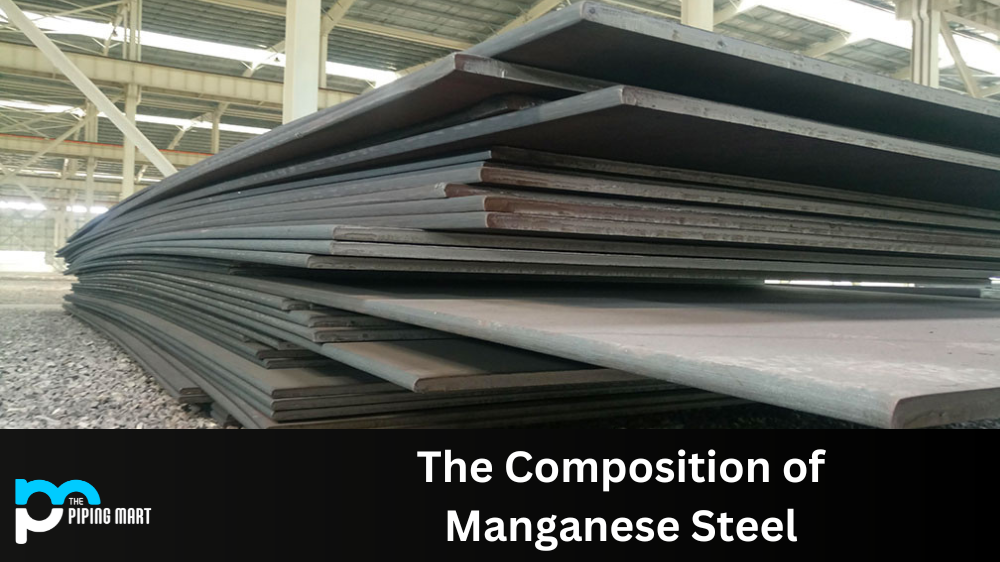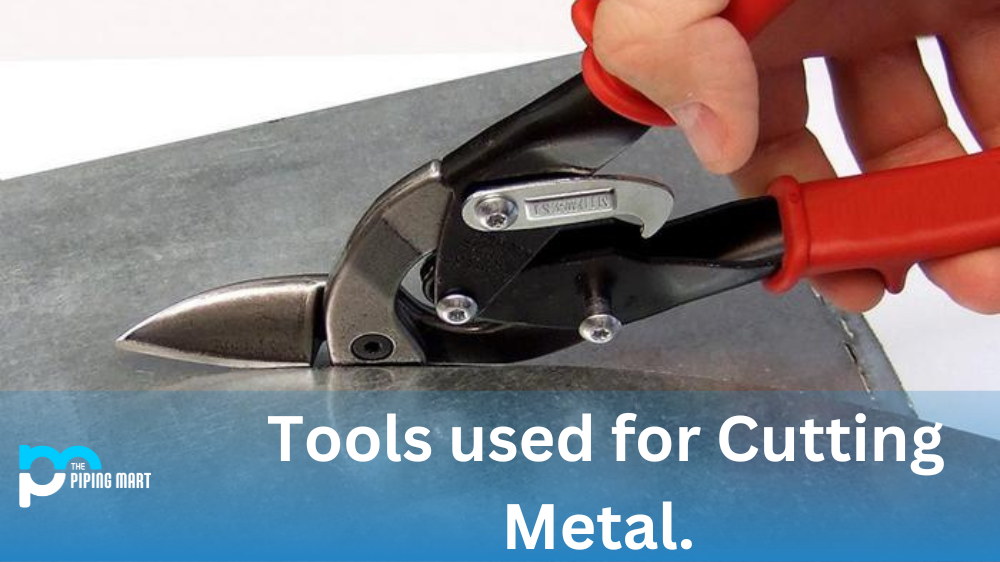Copper pipes are commonly used for a gas lines for water supply lines in the manufacturing industry and for refrigerant lines in HVAC (heating, ventilation, cooling and air conditioning) systems. Copper tubing may be rendered as soft or strong copper which has outstanding corrosion resistance and stable connections. Type K, L, and M are the three most common copper pipe forms used in both residential and industrial buildings. Few older homes may use a fourth plumbing type, used for drain-waste-venting, or DWV.
Roy Cohen from Coldhotair says “K, L and ACR tubes are the most common types of piping used in gas systems. L is normally used for interior applications and K pipes are used as underground lines. If you’re hooking up say, a gas heater for your 500 sq.ft space, then you want to be careful as natural gas can cause copper tubbing to corrode.
Sizing of Copper Pipe
The real rigid copper style outer diameter (OD) is often 1/8 inch greater than the nominal dimension, or what is called the shaft. For example, a copper “1/2-inch” pipe has a 5/8-inch outer diameter. This is true of all three modern pipe forms, K, L, and M. The inner diameter of the copper pipe is calculated by the pipe’s wall thickness, which varies according to the form of the pipe. The form of copper piping required for each application can be defined by the internal or external fluid demand, the design, the conditions of operation and the specifications for the local construction code.
Type K Pipe
Type K tubing is available in both sturdy and versatile forms, and can be used with flared fittings for compression. This is preferred for main water lines and tunnel systems because its thickness allows it to endure the strain in trenches from backfilled soil. Type K pipe is not approved for use in natural gas activities, because the gas substratum will affect the joints of the pipes. The copper pipe of Form K contains the thickest wall of all traditional types. It is used for the defense against flames, coal, etc.
Type L Pipe
It is accessible in rigid and fluid forms and can be done with sweat, friction and flare configuration. Type L is known as the most common form of copper piping because it can be used in far more applications than Form K. Flexible Type L Piping may be used for repairing or modifying old water pipes but the rigid tubing is more robust. Form L can also be used outside the house, where it would directly be displayed. Form L copper is lighter than type K but heavier than form M.
Type M Pipe
Type M is sold in both solid and versatile versions and is most commonly used for water supply and vacuum systems in the home. It can be used with atmosphere, Sweat, Tension, Flare, etc.
Because of its comparatively low expense, Type M tubing is favored for residential work; a thinner wall implies less metal, and thus less. Form M copper is not allowed in all areas and installations of plumbing standards.
Copper DWV Piping
In several old buildings, copper pipe or plumbing sinks and vents were used and were all but substituted in new buildings with a PVC or ABS plastic tub. It is designed mainly for above-ground systems and provides a minimum pressure range of 10 to 15 pounds per square inch (psi), which is considerably higher than the water pressure of most municipal water storage schemes. Typically, DWV pipe has yellow marks to distinguish it from copper type M.

Pipingmart is B2B portal specializes in industrial, metal and piping products. Also, share latest information and news related to products, materials and different types grades to help business dealing in this industry.




